Wednesday’s stronger than expected wage price index (WPI) from the Australian Bureau of Statistics (ABS) recorded 3.1% growth in the year to September, which was the strongest annual nominal wage growth since March 2013:
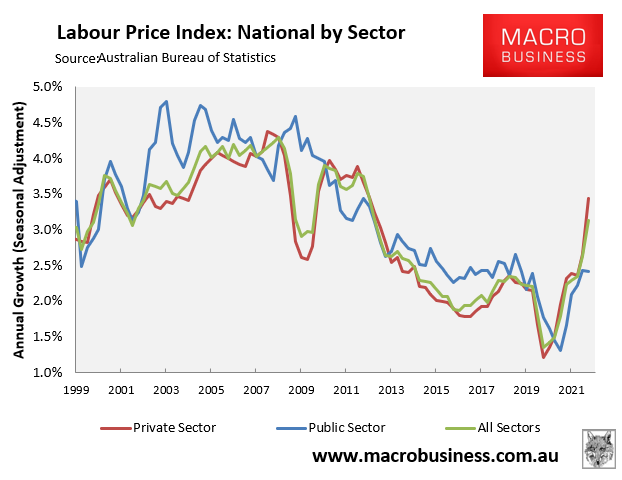
However, when adjusted for inflation, real wages have fallen sharply.
Deflated against headline CPI, Australian real wages have collapsed to their lowest level since December 2011.
Using underlying inflation, which strips out highly volatile items, and real wages are back to December 2015 levels:
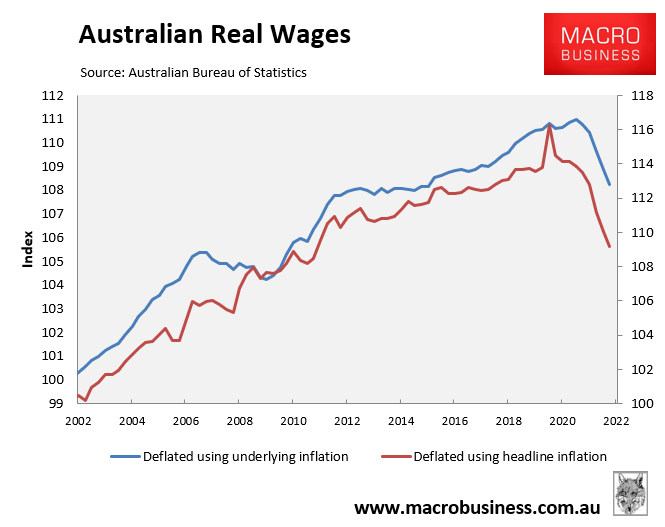
The outlook for wage growth is also poor.
SEEK’s Advertised Salary Index has already rolled over:
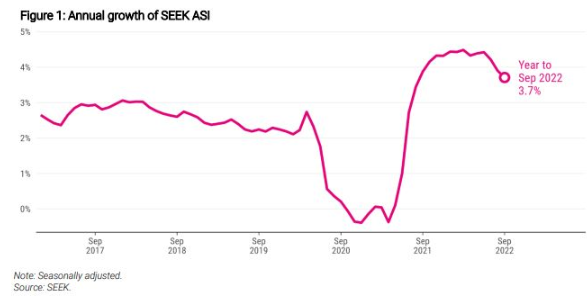
Moreover, the latest Mercer Australian salary outlook, which is based on a survey of 1,080 participating firms, reported that “Australian employers are budgeting for a 3% median salary increase in 2023, unchanged from the increase for 2022”. This is despite “two-thirds of executives now say[ing] they are facing crisis from labour shortages”.
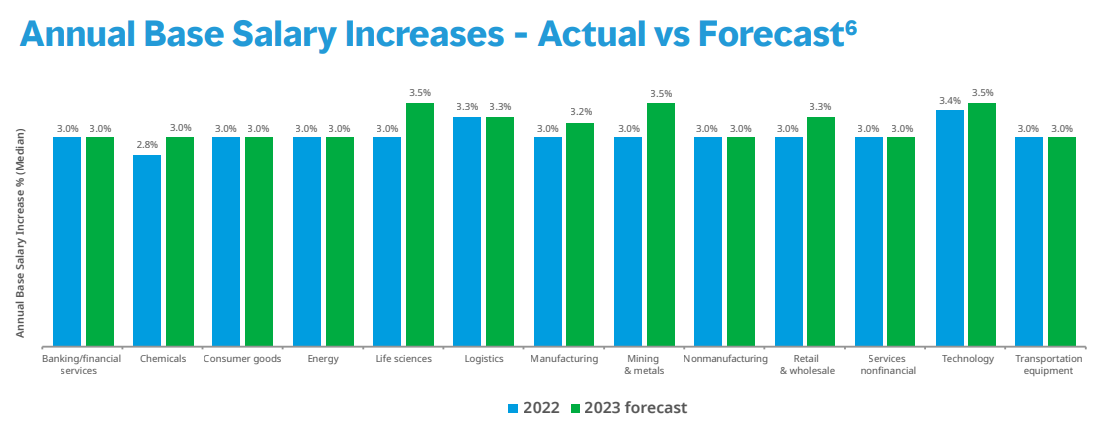
The explosion in temporary work and student visas should also kill any wage pressures:
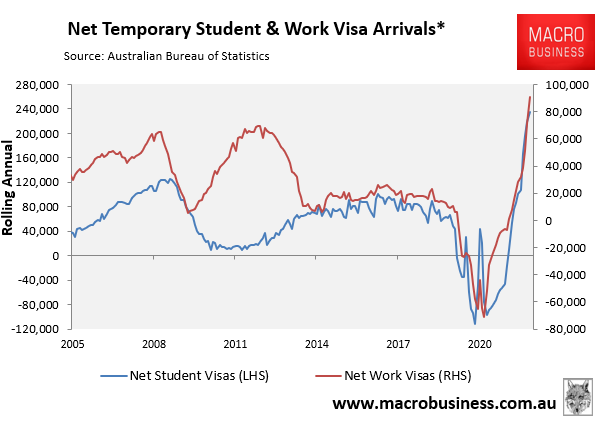
Looking ahead, the Albanese Government is set to send real wages further into the gutter via refusing to tackle east coast energy prices (which are driving up inflation) at the same time as it kills wage growth via record immigration.
With friends like Labor, the working class sure doesn’t need enemies.

